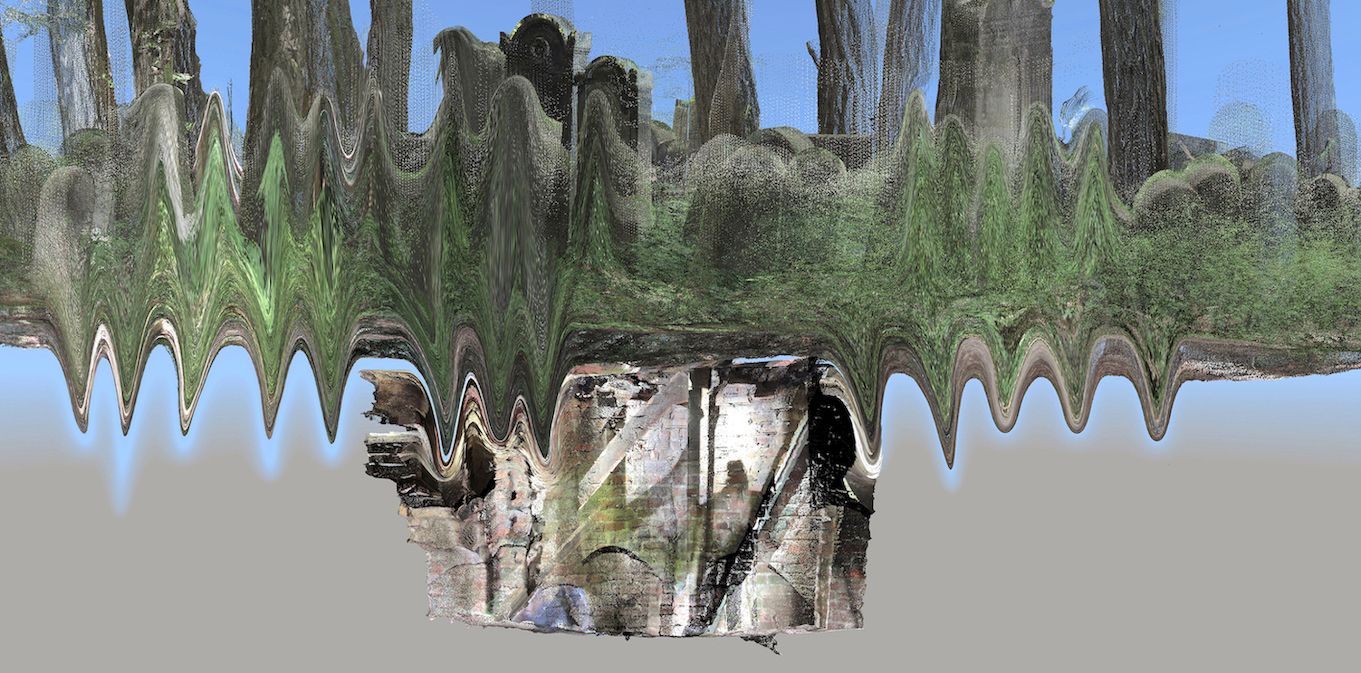Opening of the exhibition “Hideouts. Architecture of Survival” at the Jewish Museum in Frankfurt
Program
Join us for the opening of the exhibition which is an artistic tribute to survival architecture, the hiding places built and used by Jews during the Holocaust. They used tree hollows, wardrobes, urban sewers, caves or empty graves to create temporary shelters. The sculptural forms are accompanied by an exhibition presenting the results of interdisciplinary research carried out by Natalia Romik and Aleksandra Janus together with a team of anthropologists, historians, archaeologists and urban explorers.
The exhibition reflects on fundamental problems of architecture and social coexistence, such as the relationship between form and function or the design and use of space. The hiding places were often created ad hoc, out of the need of the moment, in places originally unsuitable for it. They are a testament to the architectural creativity of users who had to secure the basic needs of sustaining life — sometimes for many years — with minimal resources, without being able to radically alter the space available to them. Attics, cellars, caves, trees or even tombs were given a completely new function, the condition of which was to maintain a semblance of their previous form — to provide effective protection, the attic had to look like an ordinary attic and the tree like an ordinary tree.
The exhibition is at the same time a summary of the research process carried out using an interdisciplinary repository comprising architectural and artistic techniques, archival research and social science methods. The project is part of a broader trend of reflection on the cognitive potential of architecture and art, using it to reflect on the community established in situations of threat — be it political, economic or climatic.
Previously presented at Zachęta in Warsaw and TRAFO - Trafostacja Sztuki in Szczecin, this time it will be presented at the Jewish Museum in Frankfurt. The opening will be combined with a curatorial tour.
